Proxies, or substitutes, are an indispensable tool for anyone working with After Effects. Particularly with high-resolution footage or complex sub-compositions that require long render times, they help to significantly speed up the workflow. In this guide, you will learn how to work effectively with proxies in After Effects and what steps are necessary to optimize your workflow.
Key insights
- Proxies help reduce file sizes, which increases the working speed in After Effects.
- A proxy version of a clip can be created in a lower resolution without significantly compromising quality.
- There are several ways to assign proxies, at both the clip and composition level.
Step-by-Step Guide
Let’s start with how you can use proxies in After Effects to improve your workflow.
Proxies are especially useful when working with high-resolution video material, such as 4K or RAW files. These formats are often very large and can cause After Effects to slow down. With proxies, you can reduce file size while still working efficiently. When working with a 4K video shot that is about 3 GB in size, it can be helpful to use a lower resolution to speed up editing.
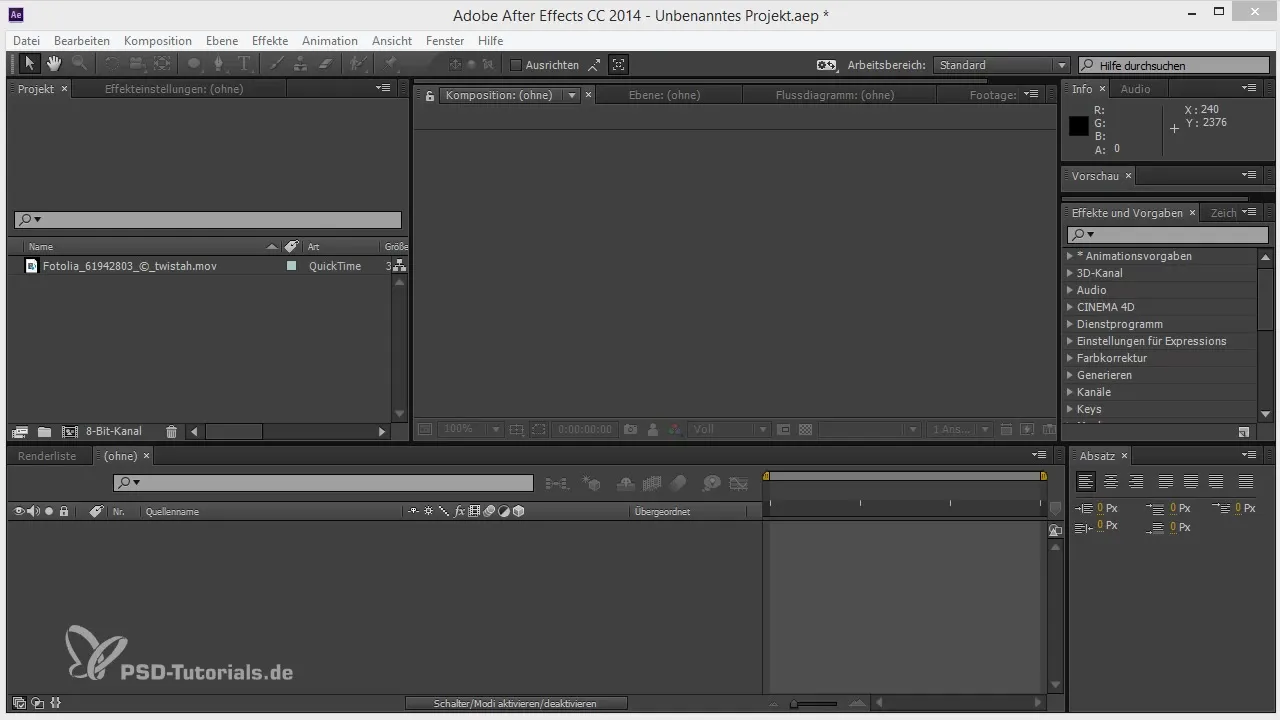
To create a proxy, right-click on the clip you want to edit. Select the "Proxy" option and then "Assign File." Here you can choose a smaller version of your file, such as an MP4, which takes up significantly less storage space. This way, you save time and resources when editing your composition.
It’s important to adjust the resolution of your composition. If you set the resolution to "Auto," After Effects will only use the required pixels. This saves processing power and significantly speeds up the workflow. Once you have activated the proxy, you'll quickly notice how much smoother the editing process is.
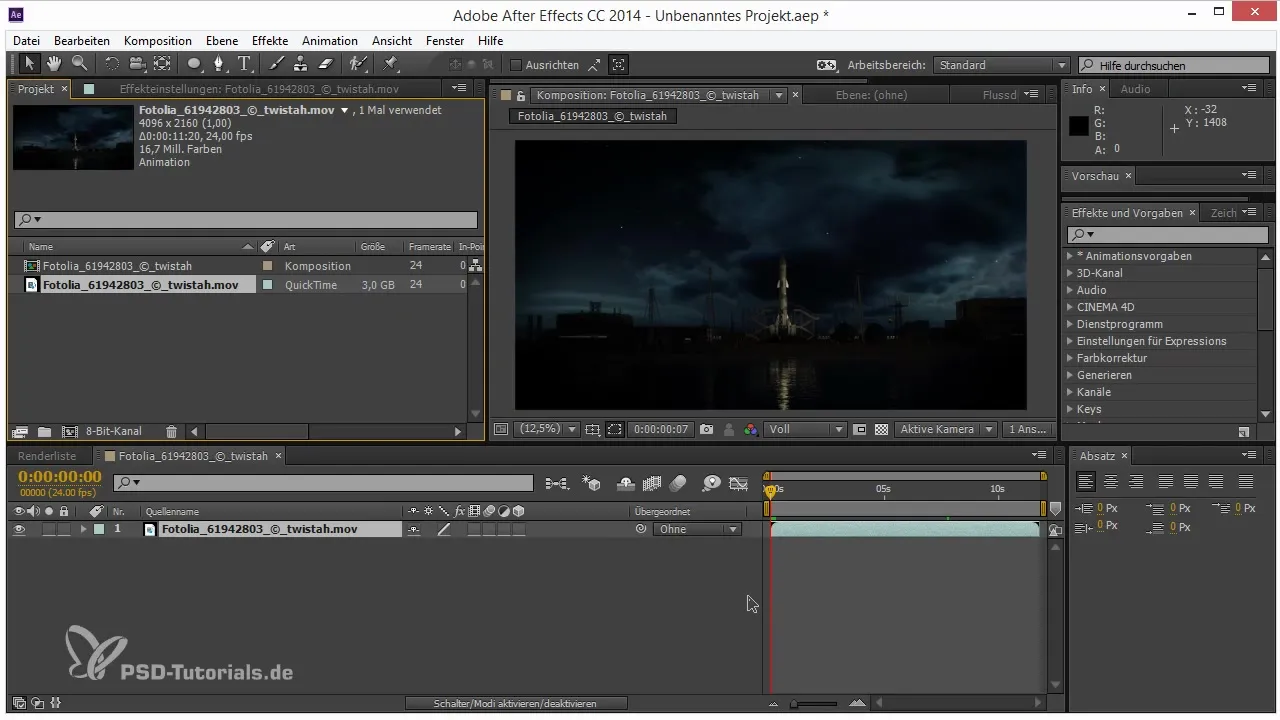
You also have the option to use proxies not only at the clip level but also at the composition level. So if you are working on a complex composition that requires long render times, you can create the entire composition as a proxy. Right-click on the composition, select "Proxy," and then "Assign File." This way, you can work with a lighter version of the composition that can always exist in the original quality.
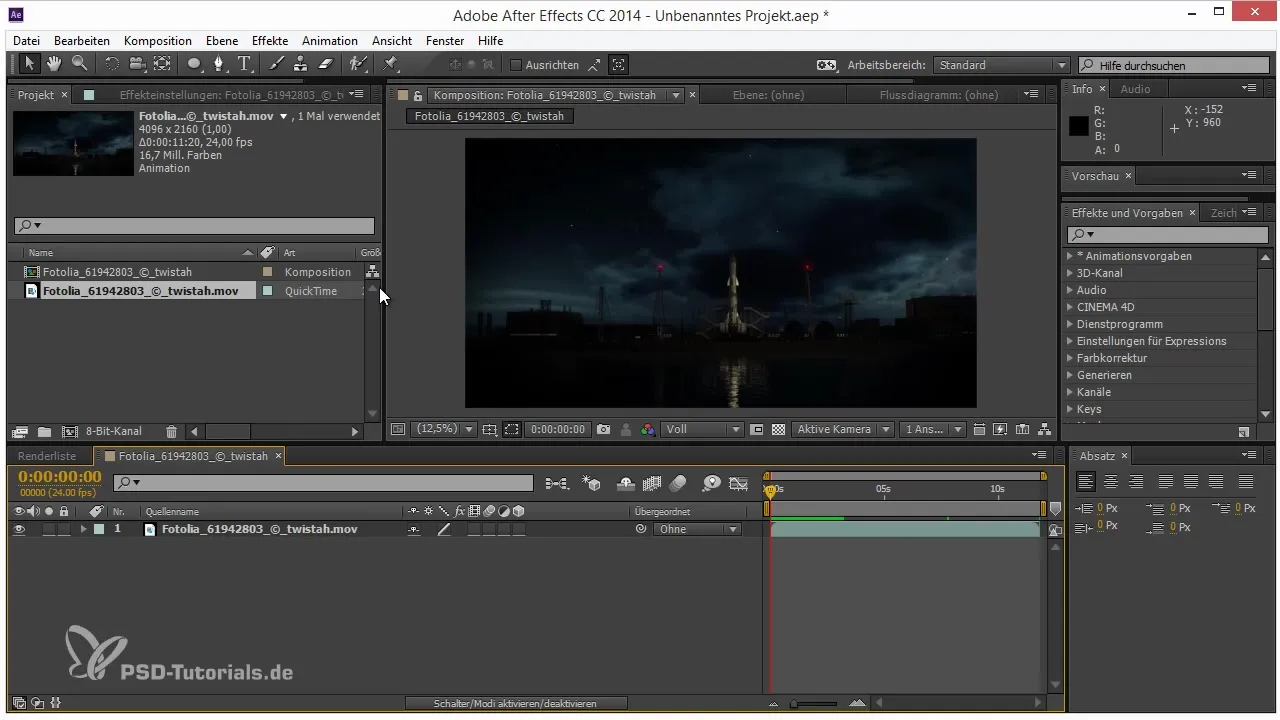
When the composition is rendered, you can save it in a lower quality, such as 720p. After Effects automatically scales the image to the required size, so you notice little to no quality loss. This allows you to continue working easily and without time loss.
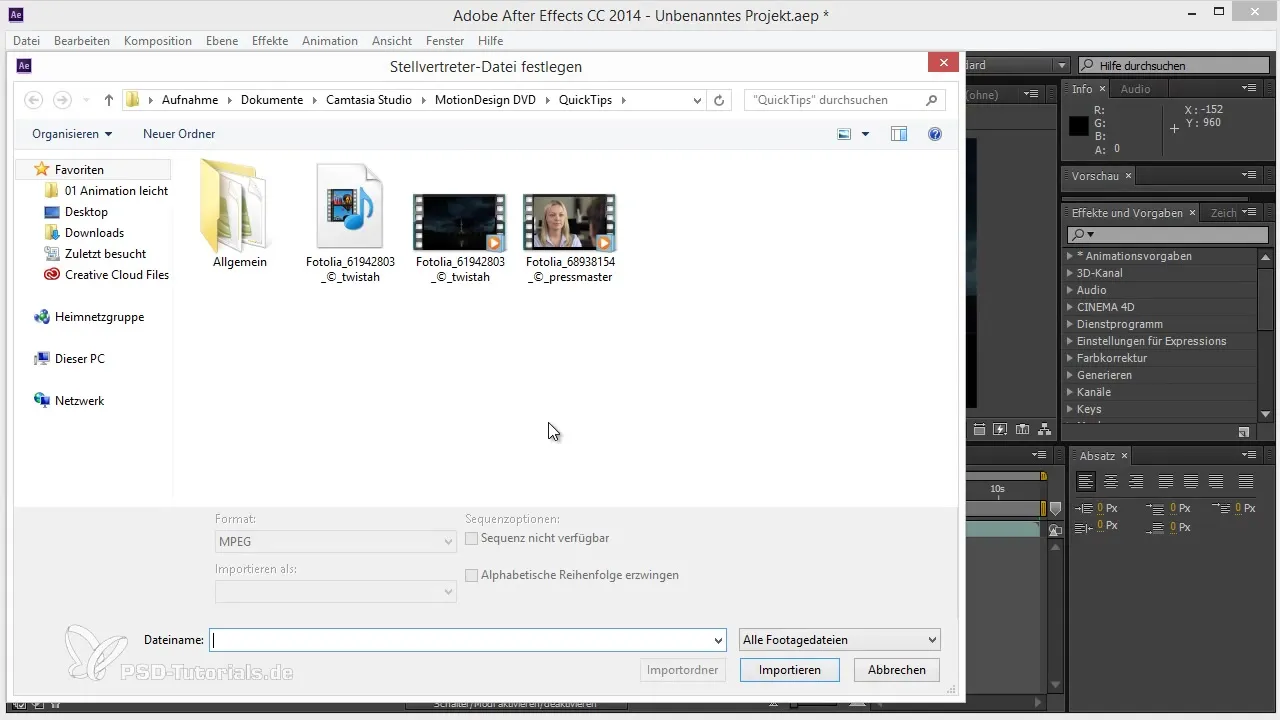
To deactivate a proxy that has been created, you can use the small square in the timeline. This allows you to switch back and forth between the proxy and the original file, adjusting render times accordingly.
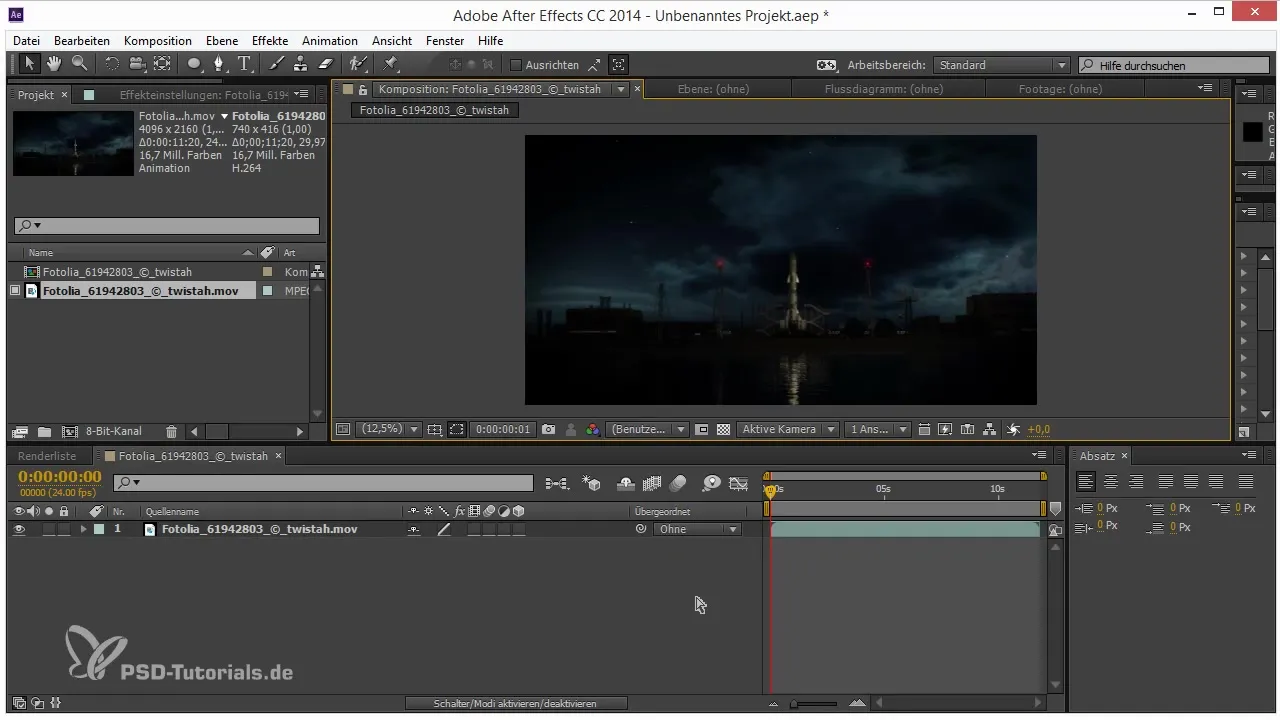
After all necessary proxies have been created, it is advisable to check the render options. Make sure to enable the "Import" option when exporting if you want to directly import the rendered material into your project. This way, you have immediate access to the reduced file size and can continue your work promptly.
Creating proxies can dramatically increase your working speed in After Effects, especially when working with many clips simultaneously. This is especially true for complex 3D animations that can often have massive file sizes when rendered in high quality.
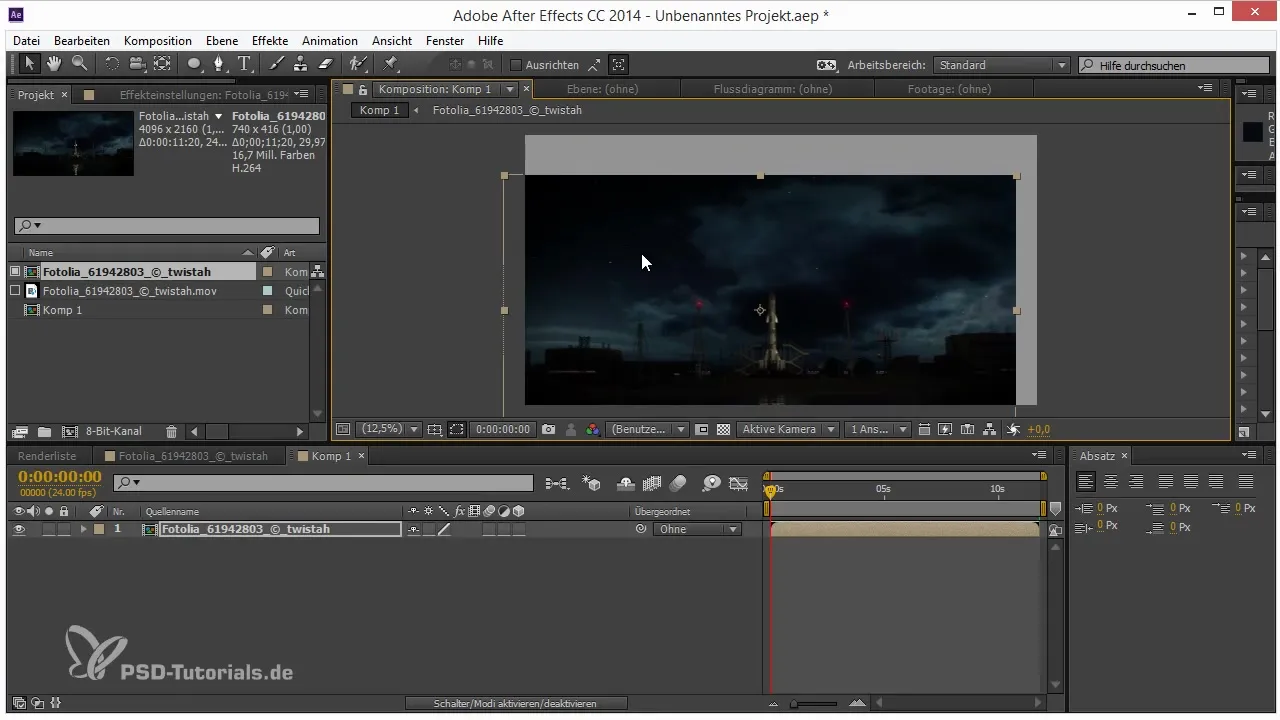
Summary - Tips and Tricks for Workflow in After Effects: Proxies / Substitutes
Proxies are an effective tool to improve workflow in After Effects, especially when working with large files. By using proxy versions of your clips, you can not only save storage space but also reduce editing times. If you initially use a lower resolution and ensure that you can always switch between proxy and original, your work with After Effects will be much smoother and more efficient.
Frequently Asked Questions
How do I create a proxy in After Effects?Right-click on the clip and select the "Proxy" option, then "Assign File."
How can I use proxies at the composition level?Right-click on the composition, then select "Proxy" and "Assign File."
Can I adjust the quality after rendering?Yes, you can sensibly adjust the quality in the output settings before rendering.
How does After Effects automatically scale proxies?After Effects automatically adjusts rendered material to the project size, so you can use it in its original quality.
Why are proxies useful for 3D renderings?They reduce file sizes, which shortens render times and makes editing more fluid.


